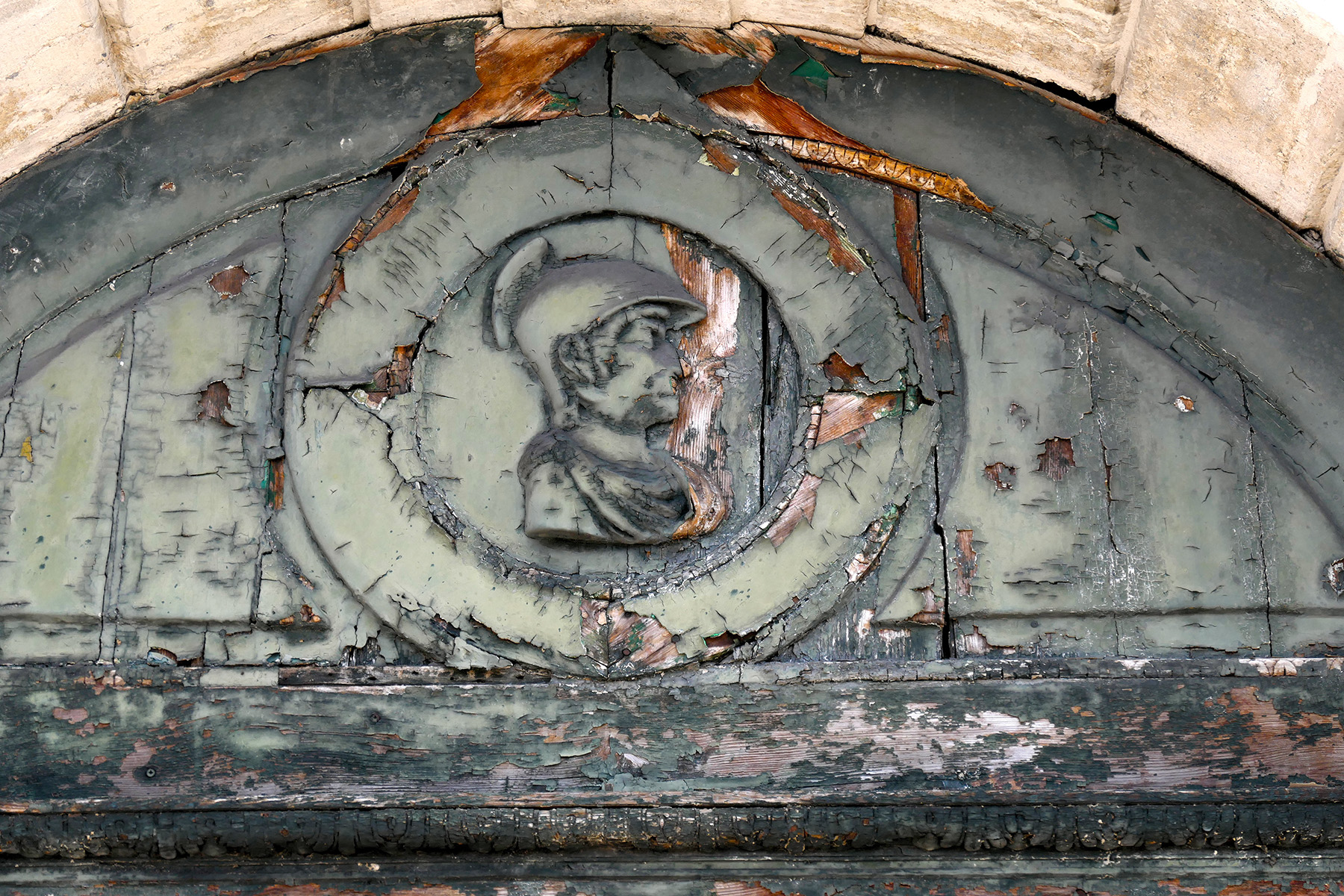Today I want to introduce a surrealist painter, Arturo Nathan, who was born into a Jewish family in Trieste, Italy in 1891 and settled there after a youth spent under the command of others – his rich merchant father who made him work in unloved business in London and his army superiors who made him partake in World War I. His family history was complex, the father born in India, lived in China, a British subject (as was his son) married to a wealthy Italian from Trieste. Nathan was a fervent pacifist and spent his time in the British Army doing menial labor, having lied that he was never educated beyond third grade to avoid having to shoot people.


The trauma of the war led to depression; he turned for help to the very first Italian Psychoanalyst, Eduardo Weiss, who was part of the early Freudian circle, himself trained by Paul Federn and in consultation with Freud across a life time. Weiss suggested that Nathan should explore painting, and he soon made friends with surrealist painters Leonor Fini and eventually Giorgio de Chirico, both of whom highly influenced his choice of subjects and artistic direction in general.
Nathan exhibited throughout the 20’s and 30’s in reputable places, the Venice Biennale included, although he never quite reached the first tier of the famous surrealists. There are only 80 or so paintings that survived. His own life came to halt when he was sent to the Marché, an Italian region that housed many Jewish families around Ancona when the race laws were introduced by Mussolini. He was shipped to Bergen-Belsen and then the concentration camp at Biberach, where he was murdered in 1944. (His analyst, in contrast, was able to emigrate to Chicago after the Anschluss, and had a rich and productive career in this country until his death in 1960.)

NAVE A RIMORCHIO, 1934



When I looked at the few paintings I could find on-line, I was struck by two things: for one, the sense of role play when the artist put himself into the picture, portraying exiles or ascetics, and the like. Mere speculation, but it might have been the influence of his analyst known for contributing to a theory called ego state. The theory assumes that there are various parts of a person that need integration, the assigned roles meant to interact with each other (a precursor to psychodrama approaches.) In symbolic form, a shattered Humpty-Dumpty being put together again. Perhaps we see here the many different states that the artist felt comprised of, but also a continual focus on Self, given the centrality of the figure in the paintings. Look at the painting below: the actor approaching a stage, set with formal symmetry, but where is the entry? Cypresses like stern sentries, wilting plants framing the stage. And is jumping off the little cliff required?

IL POMERIGGIO D’AUTUNNO (Afternoon in the Fall) 1925
Also mere speculation, although a bit more more certain, is my second observation: the choice of color in Nathan’s work. He stands out with his pastels, soft oranges, light greens, unsaturated blues in contrast to the general color use found in Surrealism: strong, saturated, contrast-rich hues (think Dali, de Chirico, Miró.) What was captured here, to perfection, were the light and the colors of his surround, Trieste.

Combinations of orange and white, orange and green, the light blue of the sky or the Adriatic Sea find their way into paintings that seem to depict some other worlds.




Those worlds contain structures also ubiquitous in Trieste, from old Roman ruins with their stales, columns and stonework, to towers regulating the naval traffic. I think it’s a glorious combination, the real and the dream, the softness of color counteracting the inner harsh turmoil.

Il ghiaccio del mare (The ice of the Sea,) 1928



I just hope the creative engagement had some real therapeutic value before the bitter end of being erased by murderous fascism.

L’ABBANDONATO (The abandoned one), 1928

Photographs are all from Trieste in 2018.
Music today is by Jewish composer Mario Castelnuovo-Tedesco, who was able to flee Italy for the US in 1939. His works was performed at the time by the likes of Walter Gieseking, Jascha Heifetz, Gregor Piatigorsky and Arturo Toscanini.
Bonus music is for my friend Steve T. who needs to practice his guitar!







Sara Lee Silberman
Interesting pieces – I especially love the buildings – very much enhanced by your illuminating commentary on both the pieces and the author’s short, difficult, productive life.
Steve T.
Hah! Well, my dear Friderike, I have matured as of late. I have eased past jealousy and stumbled into admiration. Beautiful guitar. And try listening to Julia Lange, or Yasmin Williams.